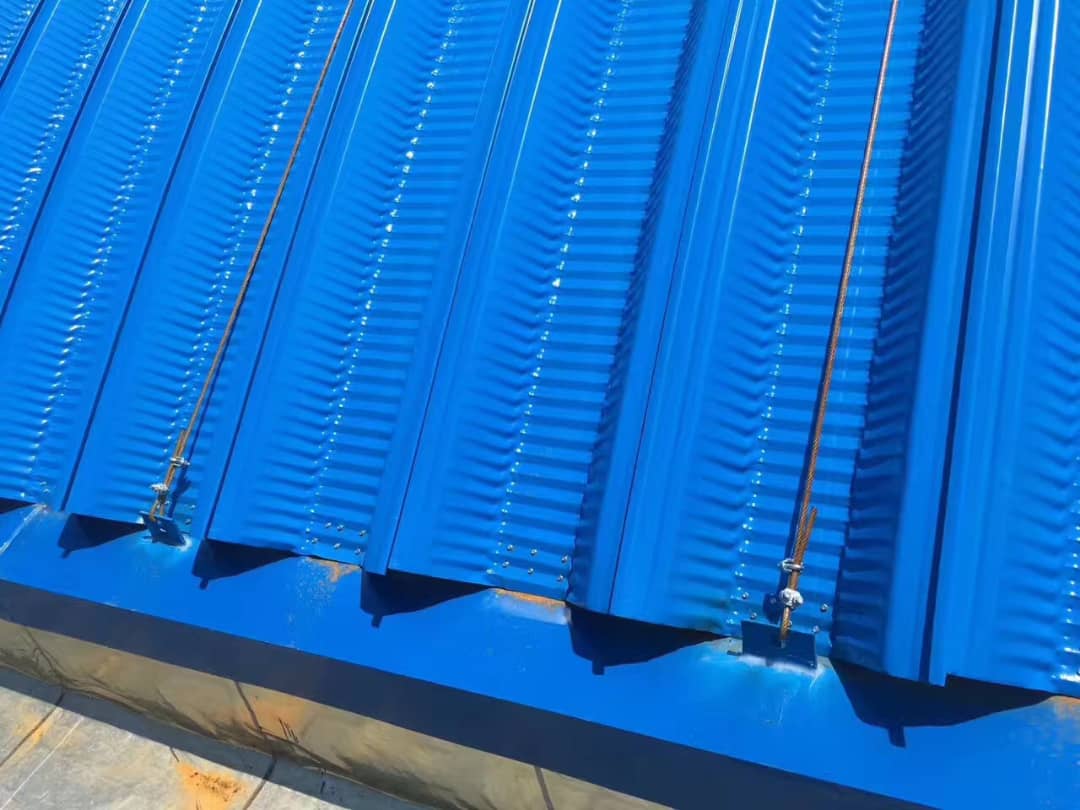
The Hydraulic Guillotine Machine Precision Cutting for Modern Manufacturing
In the realm of modern manufacturing, efficiency and precision are paramount. Among the myriad of tools that contribute to these objectives, the hydraulic guillotine machine stands out as a powerful and versatile equipment. Designed to cut a variety of materials with accuracy and ease, the hydraulic guillotine machine plays a pivotal role in the processing of metals and other materials, making it an indispensable asset in industries ranging from fabrication to production.
Understanding the Hydraulic Guillotine Machine
The hydraulic guillotine machine operates on the principles of hydraulic pressure, using a system of hydraulic cylinders to generate the force needed to cut through materials. Unlike traditional mechanical shears, which rely on physical mechanisms such as crankshafts, hydraulic systems offer smoother and quieter operation, along with increased power and control. This technology allows for cutting various materials, including stainless steel, aluminum, plastics, and more, with thicknesses that can range from thin sheets to more robust profiles.
The machine consists of several key components the frame, the cutting blade, the hydraulic system, and the control panel. The frame provides structural integrity, accommodating the cutting process while maintaining stability. The cutting blade, typically made of high-grade steel, is engineered with precision to ensure clean cuts. The hydraulic system, which includes reservoirs, pumps, and valves, provides the necessary power to move the blade with speed and accuracy. Finally, the control panel offers operators precise control over cutting settings and parameters, enhancing both efficiency and safety.
Advantages of Hydraulic Guillotine Machines
One of the primary advantages of hydraulic guillotine machines is their ability to deliver consistent and accurate cuts. The hydraulic operation minimizes the risk of human error and mechanical failure, providing a level of reliability that is crucial in a production environment. Additionally, these machines can accommodate varying sizes and thicknesses of materials, making them highly adaptable to the needs of different projects.

Another significant benefit is the speed of operation. A hydraulic guillotine can execute cuts quickly without compromising on precision, which is vital for meeting tight deadlines in production schedules. The cutting process itself is also relatively quiet compared to other cutting methods, contributing to a more comfortable working environment.
The safety features integrated into hydraulic guillotine machines further enhance their appeal. Many models include guards, emergency stops, and automatic safety locks, which reduce the risk of accidents and injuries during operation. Such safety measures are critical in maintaining a secure workspace and ensuring that operators can focus on their tasks without undue concern.
Applications in Various Industries
Hydraulic guillotine machines find applications across a broad spectrum of industries. In the metal fabrication sector, they are essential for cutting sheets and plates to size in preparation for welding or assembly. Similarly, the automotive industry utilizes these machines for producing components with exact specifications, while the furniture industry benefits from their ability to cut various materials, including wood and laminates.
Moreover, the trend towards increased automation in manufacturing has led to the integration of hydraulic guillotine machines with computer-aided design (CAD) technologies. This fusion allows for even greater precision and efficiency, as designs can be input directly into the machine, streamlining the production process from design to execution.
Conclusion
In summary, the hydraulic guillotine machine represents a significant advancement in cutting technology within modern manufacturing. Its ability to provide precise cuts, operate efficiently, and enhance safety measures makes it an indispensable tool across various industries. As manufacturing continues to evolve, the role of hydraulic guillotine machines will undoubtedly expand, driving innovation and productivity in the quest for higher quality and more efficient production methods.